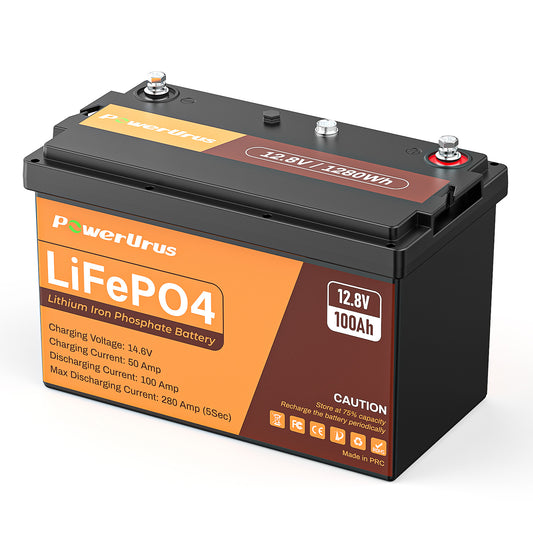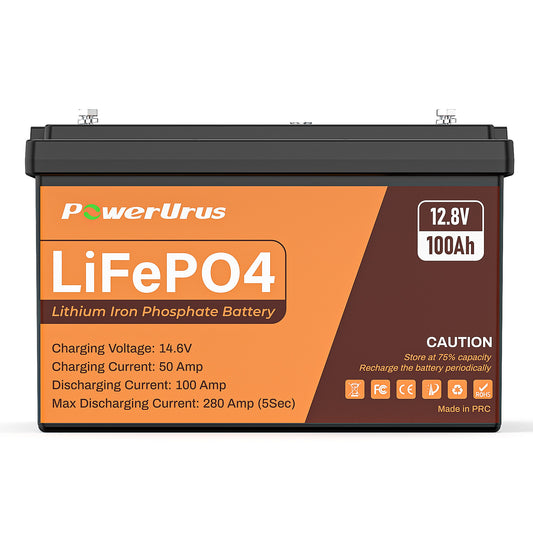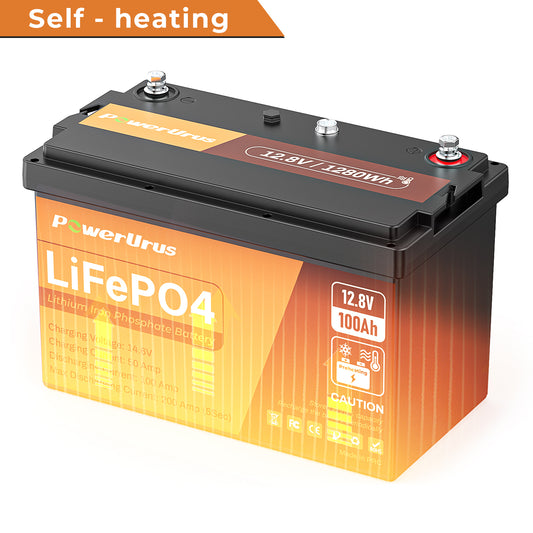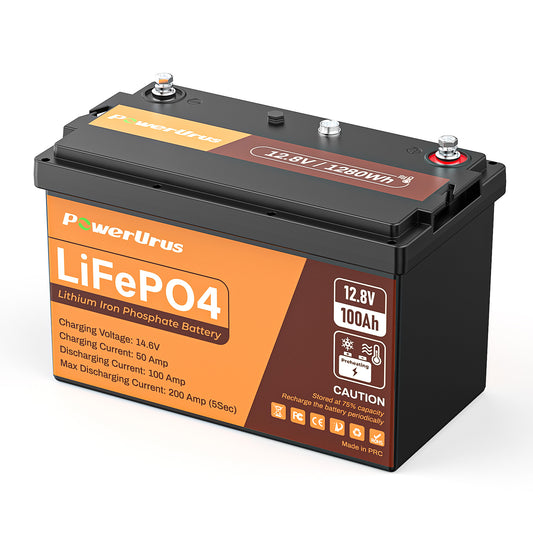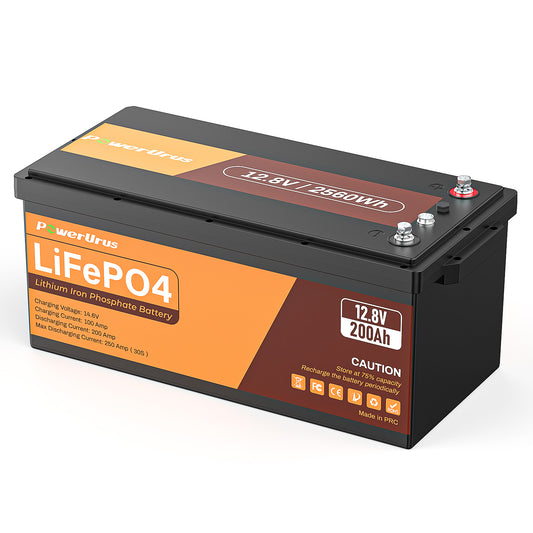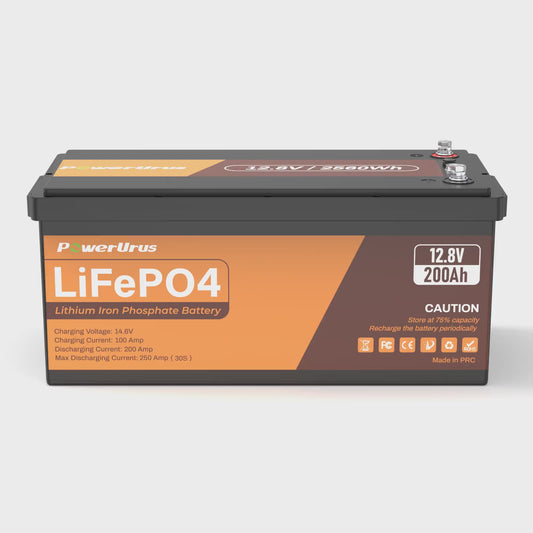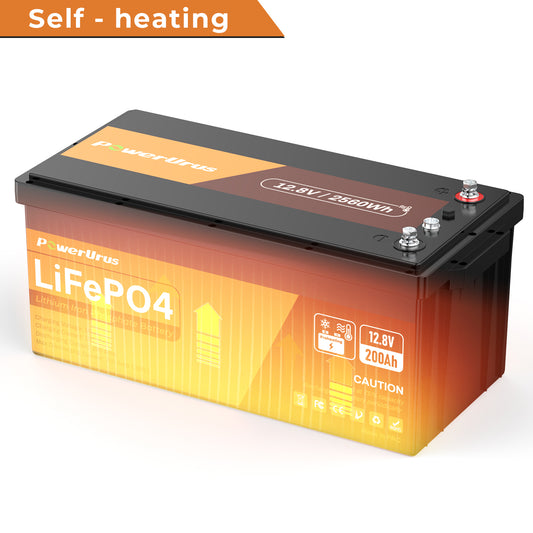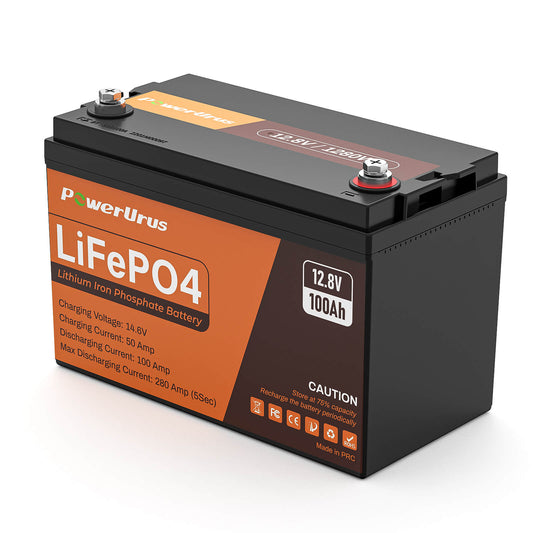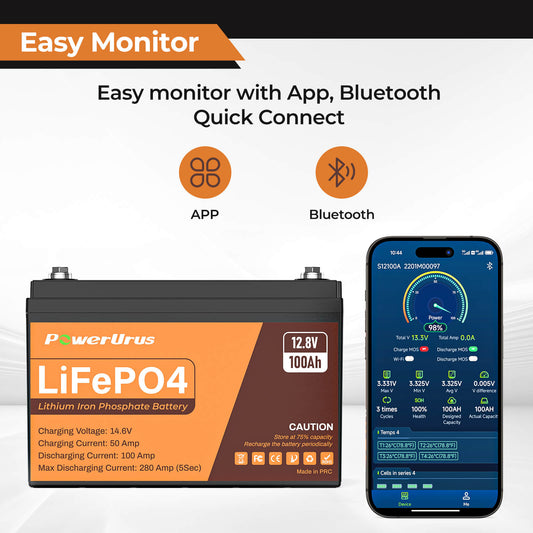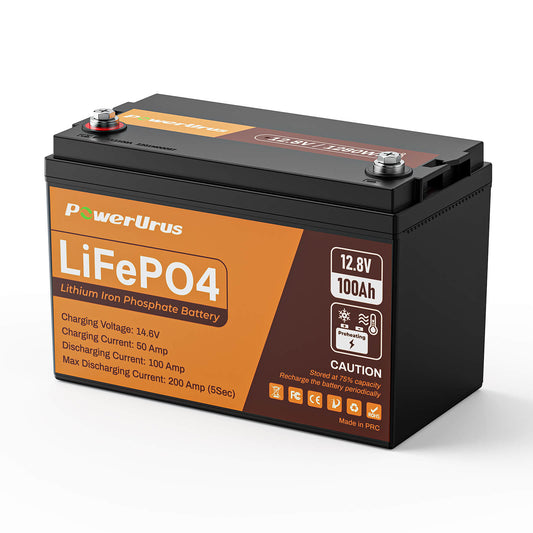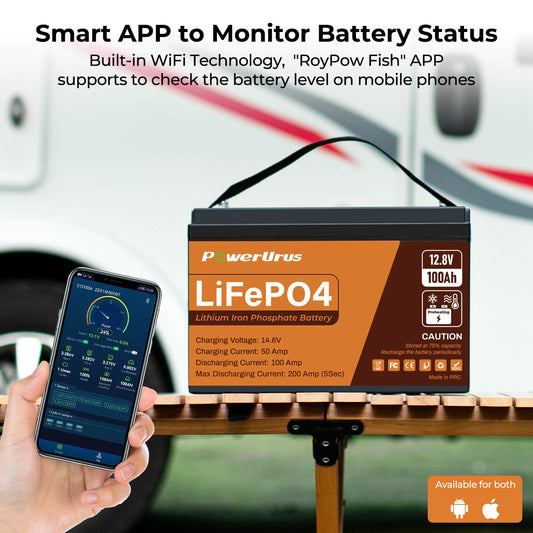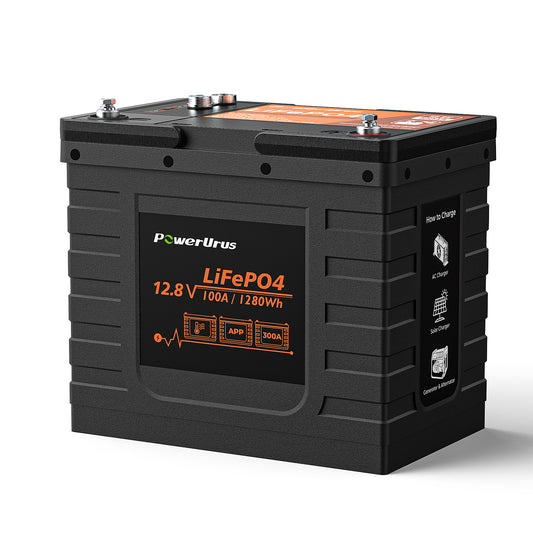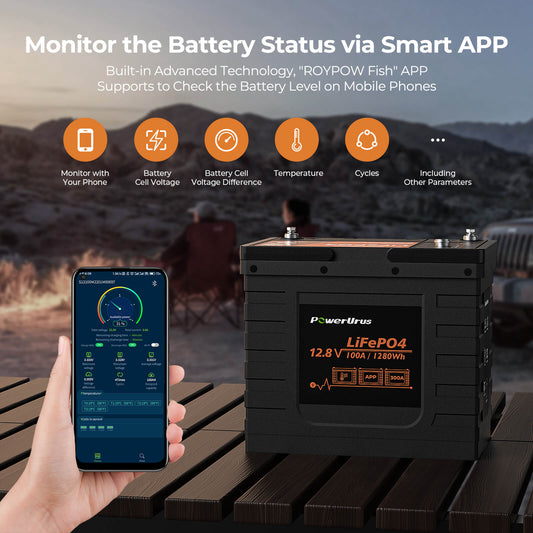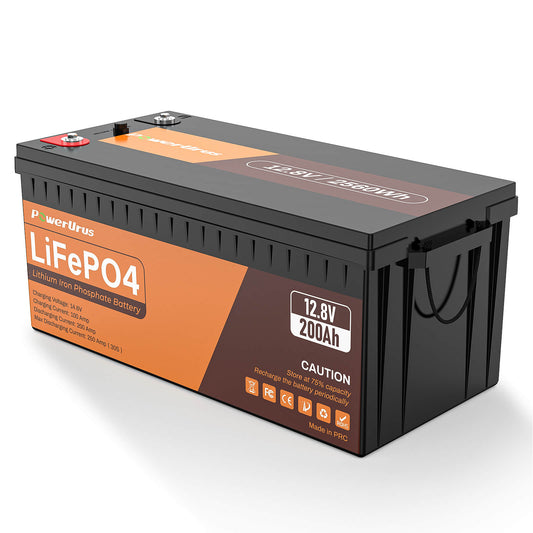What Is a Group 24 Battery?
If you''ve shopped for car, marine, or RV batteries, you've likely encountered terms like "Group 24." But what does this label mean? Let’s break it down.
A Group 24 battery refers to a standardized size classification set by the Battery Council International (BCI). These codes define a battery’s physical dimensions, terminal placement, and orientation to ensure compatibility with vehicles or equipment. A Group 24 battery typically measures 10.25 inches long, 6.8 inches wide, and 8.9 inches tall, with terminals on the top (common) or side.
Common Uses
Group 24 batteries are versatile mid-sized power sources. They're popular in:
- Cars and trucks for starting engines (high cold cranking amps, or CCA).
- Boats and RVs for dual-purpose or deep-cycle use (running lights, pumps, and accessories).
- Solar setups as compact energy storage (when paired with solar charge controllers).
Key Features and Specs
- Voltage: Almost always 12V.
- Capacity: Ranges from 70-85 amp-hours (Ah) for deep-cycle models.
- CCA: Around 600-800 amps for starting batteries.
- Types: Available in flooded lead-acid, AGM (maintenance-free), and lithium-ion (lightweight, higher cost).
Maintenance Tips
For flooded lead-acid Group 24 batteries, check electrolyte levels regularly and keep terminals clean. AGM versions require minimal upkeep but benefit from occasional voltage checks.
Upgrade Considerations
If you need more power, Group 27 (larger) or Group 34 (compact) batteries may fit your tray with slight size adjustments. Always confirm dimensions and terminal placement before swapping!
Whether you're replacing a worn-out battery or powering your next adventure, understanding Group 24 specs ensures you pick the right match for your needs.

